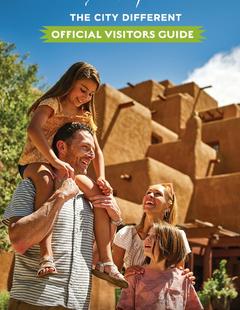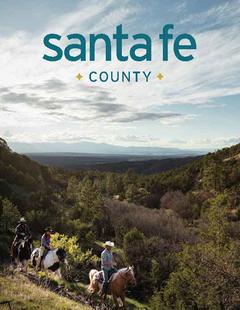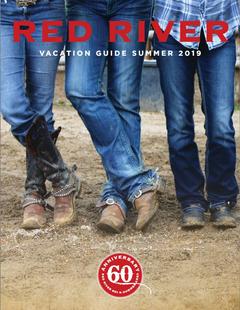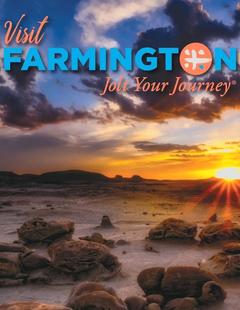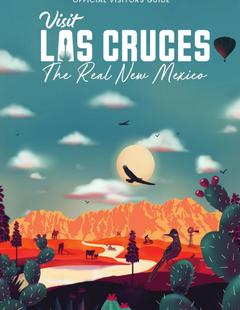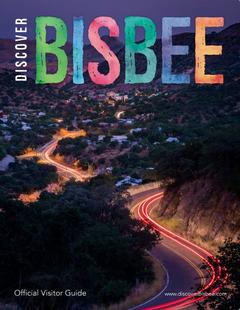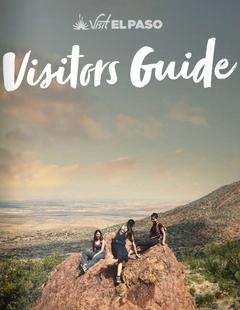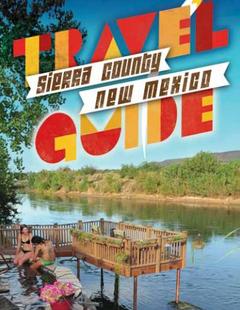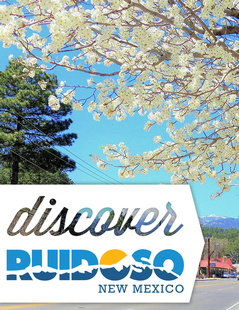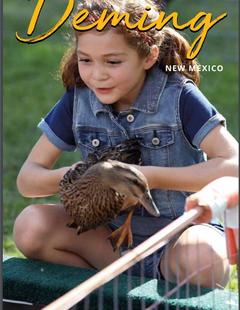Basics
- Surface:
- Asphalt
- Suitable Vehicle:
- Any Vehicle
- Length:
- 67 miles (107 km)
- Fees:
- No Fee
Description
Through its art, landscapes, and history, the High Road to Taos will tell a story of its past and present. From Santa Fe to Taos, the byway is one of the most impressive drives in New Mexico. Beginning your journey in Espanola, the official beginning of the byway, you can see remarkable work of local artists, dine in authentic Mexican and southwestern restaurants, and catch lovely views of the Jemez mountains. Traveling east, you will reach Chimayo. Be sure to visit the Santuario de Chimayo, a legendary church thought to have healing powers and one of the most visited chapels in the west. Also visit the Plaza del Cerro, the Spanish Southwest's only surviving fortified plaza.
Route 518 will take you on a climb past the artisan town of Cordova and to Truchas, which was once a Spanish-outpost and offers spectacular views of the Rio Grande Valley and Truchas Peak. After Truchas, you will find yourself in the Carson National Forest and past small towns and lovely desert views. You will want to stop in the small town of Las Trampas, home to the San Jose de Gracia Church, one of the most beautiful colonial-era churches in the country. Continue north past the Picuris Pueblo, a small pueblo still inhabited by the Picuris tribe. You will end your journey at Ranchos de Taos. Be sure to visit the magnificent San Francisco de Asis, possibly the most photographed church in New Mexico, and the inspiration behind many paintings by Georgia O'Keefe.
You will find as you travel along the High Road, that even the structures and towns seem to fit into the natural landscape because of their diverse culture and rich history. The adobe brick churches and chapels tell a story about the Spanish influence on the region, and the awe-inspiring views of the Jemez mountains, Rio Grande Valley, and towering mesas will give you an idea of just how New Mexico was meant to be experienced.
Points of Interest
Points of Interest Along The Way
Carson National Forest (NM)
Some of the finest mountain scenery in the Southwest is found in the Carson National Forest. Elevations rise from 6,000 feet to 13,161 feet at Wheeler Peak, the highest in New Mexico.
Orilla Verde National Recreation Area (NM)
The Orilla Verde National Recreation Area is located along the Rio Grande River, and provides many recreational opportunities for travelers, such as nature watching and camping.
Directions
The Orilla Verde Recreation Area is located on the byway near Pilar.
Plaza del Cerro (NM)
The Plaza del Cerro in Chimayo is possibly one of the last surviving Spanish fortified plaza in the southwest.
Directions
The Plaza del Cerro is located in Chimayo.
Sactuario del Chimayo (NM)
Believed to be built on sacred earth with miraculous healing powers, Santuario de Chimayó is probably the most visited church in New Mexico.
Directions
The Santuario de Chimayó is located in Chimayó.
San Francisco de Asis Mission (NM)
The San Francisco de Asis Mission is one of the most painted and photographed churches because of it's lovely architecture. Georgia O'Keefe is only one of the artists who have been inspired by its presence.
Directions
The San Francisco de Asis Mission is located in Ranchos de Taos.
San Jose de Gracia Church (NM)
The beautiful and historic San Jose de Gracia Church in Las Trampas was built in 1706, but continues to be attended for worship services. The church is a must to visit- and photograph.
Directions
The San Jose de Gracia church is located in the town of Las Trampas on the byway.
Santa Fe National Forest (NM)
Santa Fe National Forest covers nearly 1.6 million acres. Due toits expansive acreage, its landscapes vary from open wildflowerfields in lower elevations to the rugged peaks of the Sangre deCristo Mountains, the highest point being the Truchas Peak summitat 13,103 feet. Trees vary from different types of pine and fir to spruce and aspen.
The forest's other wonderful features include its wildernessareas: the Dome Wilderness, the San Pedro Parks Wilderness, theChama River Canyon Wilderness, and the Pecos Wilderness. Eachbrings a different look and feel to the forest. The Dome Wildernesscontains cliff dwellings, the San Pedro Parks Wilderness is filledwith wildlife and fish, the Chama River Canyon Wilderness showssandstone bluffs, and the Pecos Wilderness serves as the primerecreation destination in the entire forest.
The forest's close proximity to Santa Fe may lead visitors tobelieve that it is a crowded tourist attraction; however, it isgenerally overlooked by the cultural diversity of Santa Fe thatattracts higher volumes of visitors. For those that visit thisalpine wilderness, they are rewarded by recreation such as fishing,mountain biking, hiking. The Truchas Peaks area serves as a popularplace to hike. Wildlife watching is also popular; animals such asdeer, elk, bear, and Rocky Mountain bighorn sheep all make theirhomes here.














